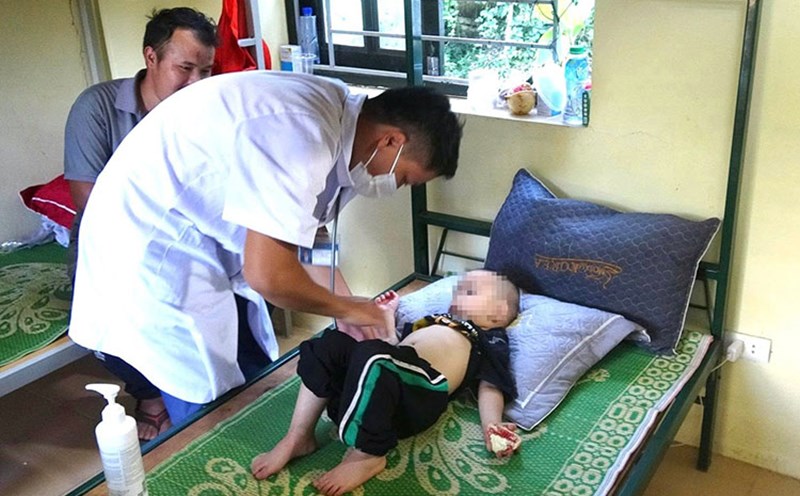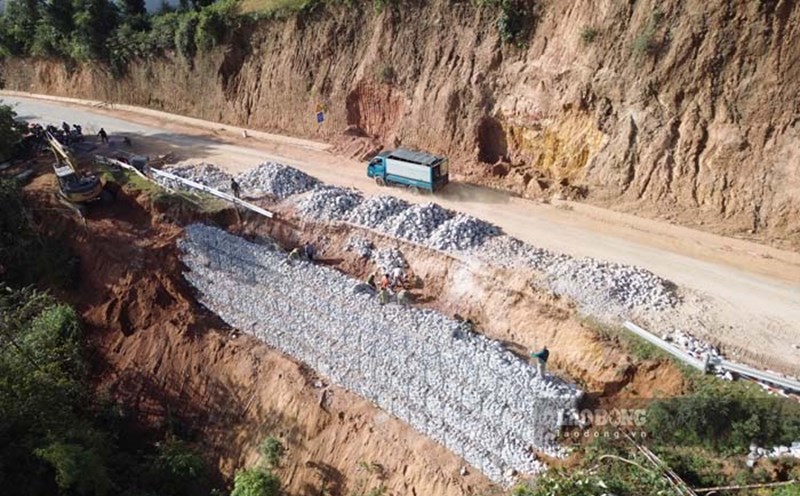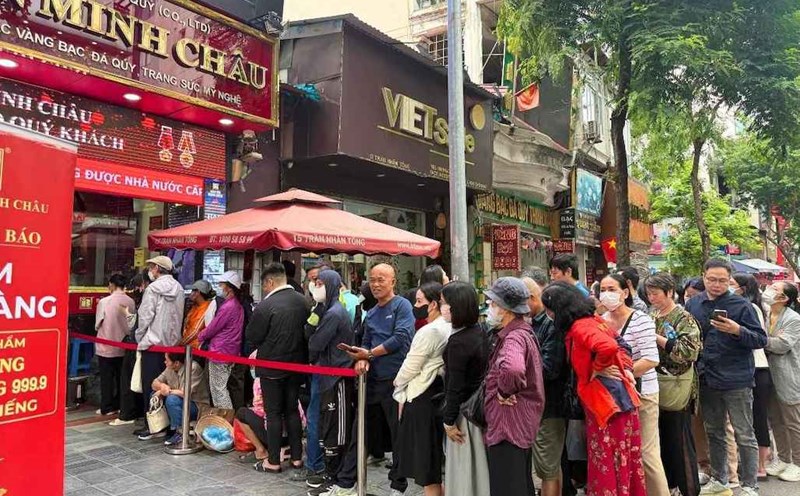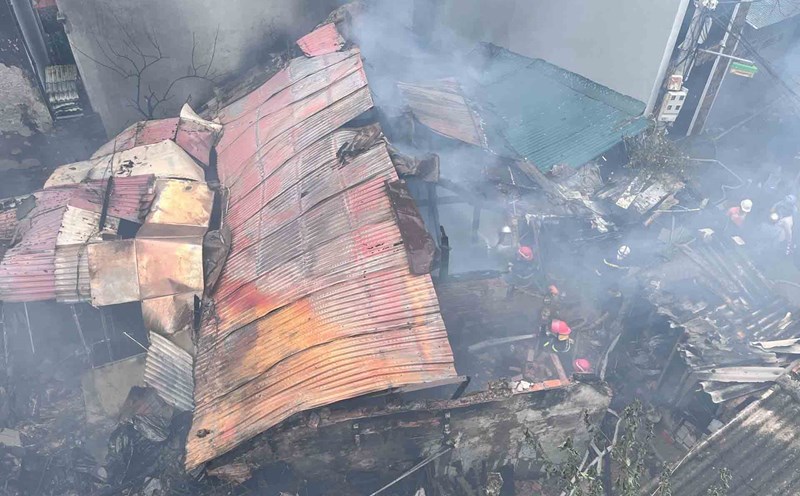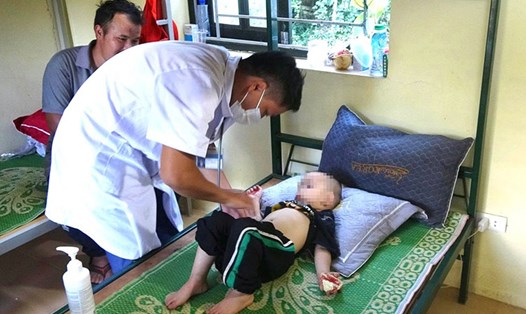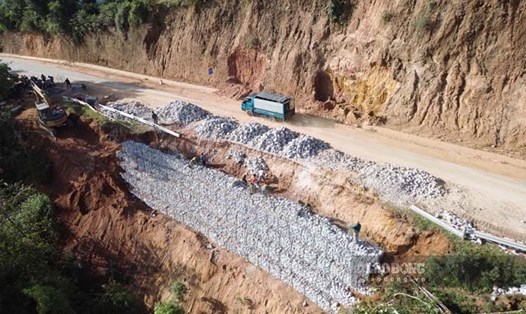On the evening of October 27, the Department of Health of Dien Bien province said that as of 11:00 a.m. on October 27, Nam Ke commune had recorded streptococcus Cervical fever, with a total of 155 cumulative cases (57 cases have been treated, 97 cases are being treated), 1 death.
In addition, there were 11 more cases of dysentery in Quang Lam commune with 2 cases and Muong Nhe commune with 9 cases. These 11 cases are currently being treated stably, with no cases of serious complications.
Also according to the Dien Bien Department of Health, Nam Ke commune has arranged 2 isolation and centralized treatment areas at Nam Ke Boarding School for Ethnic Minorities with 10 rooms, 50 beds and the local Forest Protection Station (Muong Nhe Forest Protection Department) with 3 rooms, 30 beds.
The quarantine areas are fully equipped with beds, mattresses, blankets, hand sanitizer, along with medical equipment, medicine, and disinfectants provided by the Center for Disease Control (CDC) of Dien Bien province, Muong Nhe Medical Center and Nam Ke Commune Health Station.
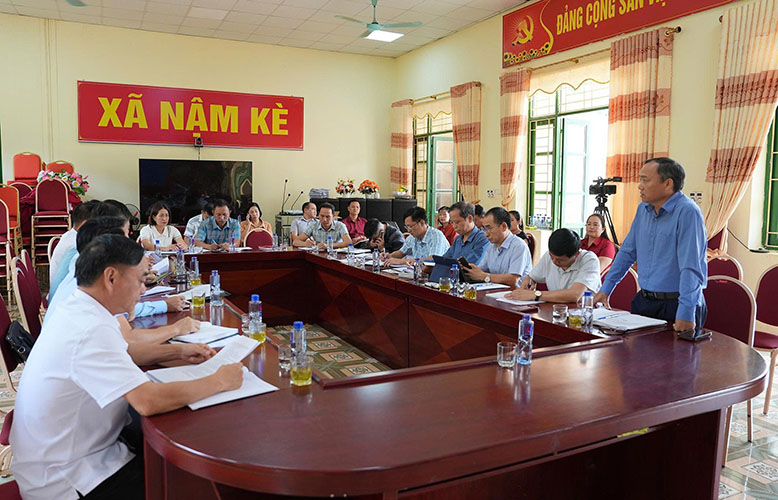
At the same time, 2 police vehicles were arranged on duty to serve the transportation of patients and medical equipment when necessary. The provincial health sector also increased 5 epidemiological staff from CDC Dien Bien and 13 doctors and nurses from Nam Po and Thanh An Medical Centers.
To focus on zoning off and thoroughly handling outbreaks, preventing the epidemic from spreading to the community, the Dien Bien Department of Health has directed units to continue monitoring schools in Nam Ke commune. Continue screening for new cases to be taken to treatment quarantine areas.
According to the Dien Bien Department of Health, hives can be completely prevented if people strictly follow hygiene measures. In particular, it is necessary to ensure that the food is cooked, the water is boiled, and no fish sauce is used. Food needs to be stored carefully, avoiding small insects.
Washing your hands regularly with soap or hand sanitizer and clean water is a simple but extremely effective method in disease prevention.
Along with that, environmental sanitation and public water sources in the villages are protected. Do not release them haphazardly into the environment. Each family and community needs to have and use a hygienic fireplace.

